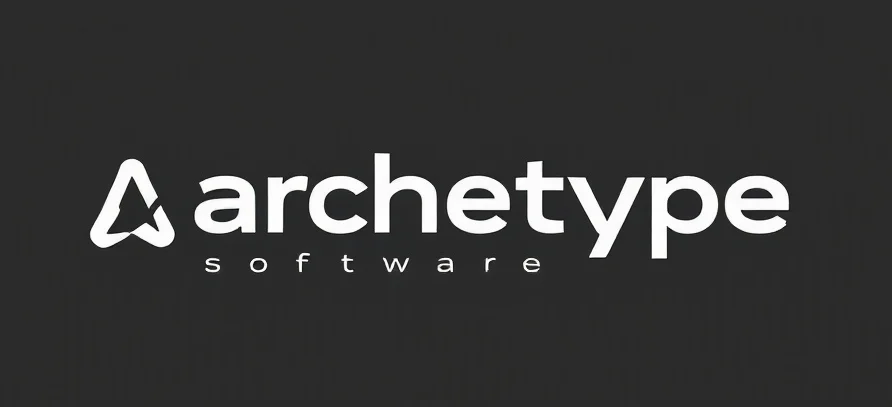Decoding the World of Large Language Models: A Journey Through Archetypes
Imagine stepping into a vast, interconnected universe where machines don’t just crunch numbers but tell stories, answer questions, and even generate creative content. That’s the fascinating world of large language models (LLMs), a technological frontier that feels straight out of a sci-fi novel. If you’re curious about how these digital intelligences work and what drives their capabilities, I recommend checking out llms.txt for a comprehensive dive.
But let’s embark on this journey together. Think of LLMs as the ultimate storytelling companions—crafted from vast oceans of text data, they learn to mimic human language with astonishing finesse. To understand their inner workings, it helps to see them not just as black boxes but as entities with distinct archetypes, each playing a unique role in shaping the AI’s personality and performance. So, grab your sci-fi gear, and let’s explore these archetypes—because behind every impressive AI is a story waiting to be told.
The Archetypes of Language Models: A Cosmic Cast of Characters
The Scholar: The Knowledge Seeker
Picture a wise old librarian from a distant galaxy—curious, meticulous, and always eager to share knowledge. That’s the scholar archetype. These LLMs are trained on extensive factual data, making them excellent at answering questions, explaining complex concepts, and providing reliable information. They’re the go-to for research, technical explanations, or any scenario where accuracy is paramount. Think of them as the expert historians or scientists in your sci-fi universe, always ready with the right data at the right moment.
The Storyteller: The Creative Dreamer
Next, meet the storyteller—a poetic, inventive spirit that crafts narratives, poetry, and creative content. These models are fine-tuned to produce engaging, stylized outputs that captivate the imagination. Imagine a holographic bard spinning tales from distant worlds, painting pictures with words. They excel at creative writing, brainstorming, and even humor. If you’re building a chatbot that inspires or entertains, you’re channeling the storyteller archetype.
The Mentor: The Guiding Light
Then there’s the mentor—calm, reassuring, and wise. These LLMs are tuned to provide supportive, empathetic interactions, guiding users gently through their queries. Think of a seasoned captain guiding a spaceship crew through turbulent space—offering reassurance and direction. They are perfect for applications that require a human touch, like mental health support or customer service, where trust and empathy are essential.
The Challenger: The Critical Thinker
Now, picture a sharp-eyed scientist scrutinizing every detail—questioning assumptions and challenging ideas. That’s the challenger archetype. These models are designed to test hypotheses, spot inconsistencies, or push boundaries. They’re invaluable in research or scenarios demanding rigorous analysis. Their role is to keep the conversation grounded, ensuring ideas are well-founded before moving forward.
Why Archetypes Matter in Building AI
Understanding these archetypes isn’t just an academic exercise—it’s a key to designing better AI systems. By selecting the right archetype or combining several, developers can craft models tailored to specific tasks. Want an AI that educates? The scholar archetype is your friend. Need a creative partner? The storyteller archetype shines. It’s like assembling a crew of characters, each with their own strengths, to navigate the vast universe of human language.
The Future: A Multiverse of AI Personalities
The exciting part? As AI research advances, we’re moving toward models that can embody multiple archetypes, switching seamlessly based on context. Imagine an AI that starts as a scholar in the morning, becomes a storyteller in the afternoon, and transforms into a mentor at night. This fluidity would make AI interactions more natural, nuanced, and human-like—like conversing with a fellow traveler who wears many hats.
In the end, understanding the archetypes of large language models helps demystify a technology that often feels like it’s from another galaxy. It’s about seeing AI not as a monolithic entity but as a vibrant cast of characters—each with its story, purpose, and personality. So next time you chat with an AI, think of the storyteller, the scholar, the mentor, or the challenger behind the scenes, shaping your experience in this incredible digital universe.
Checkout ProductScope AI’s Studio (and get 200 free studio credits)
